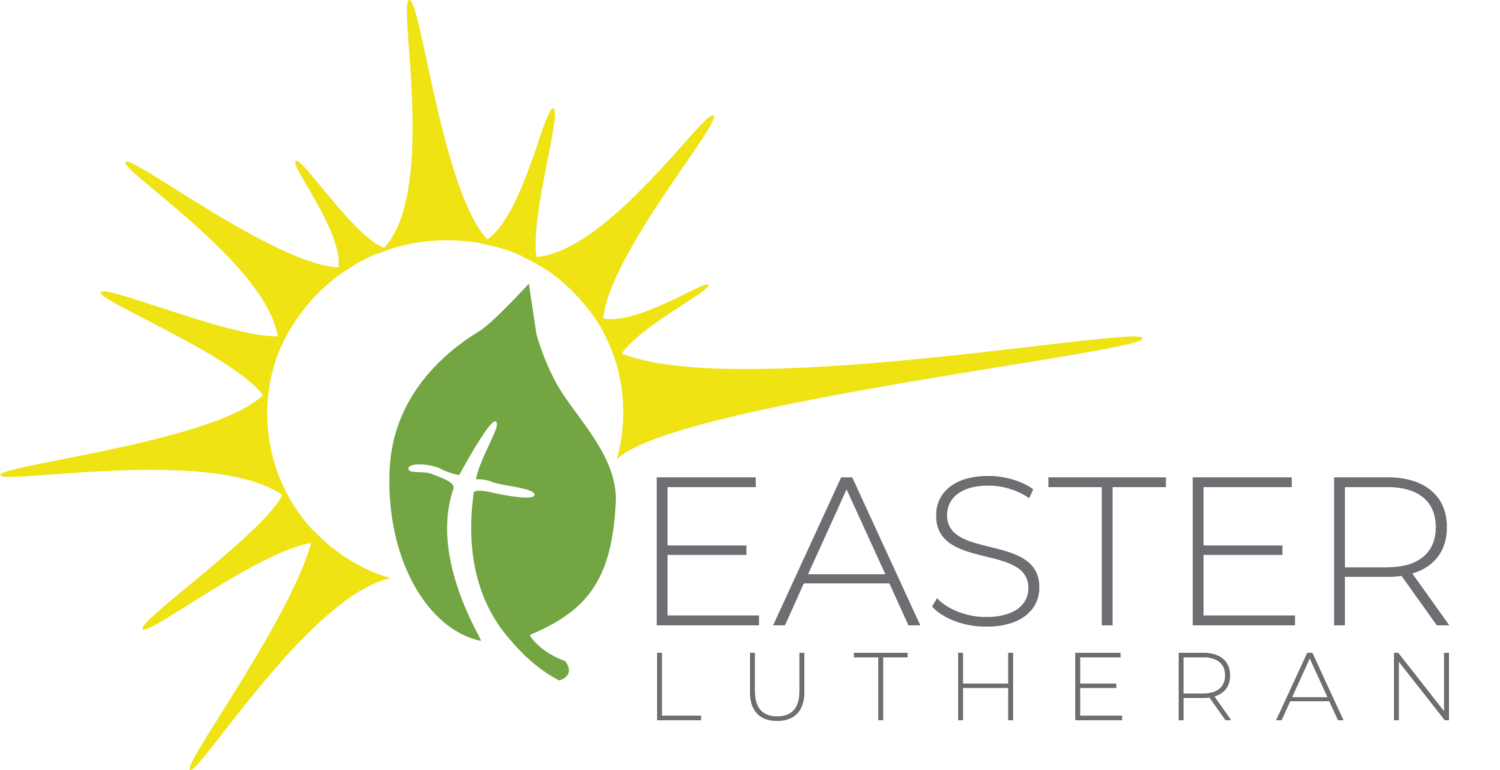Grow Guide | Dec 12, 2022
People of the Promise
Matthew 1:1-17
Connecting Questions
· Have you been able to do research into your family history? Did you discover anything surprising?
· What Christmas traditions have been passed down through generations in your family?
Context
This week is the last Sunday in a 5-week worship series called “People of the Promise.” We’ve been focusing on the stories of prophets and servants who rely on God’s promises (even if they are also warnings). December 18 is also the fourth Sunday in the season of Advent, when we wait for our Savior—both the birth of Jesus and his return when all creation will be restored. This week, after months of Old Testament readings, we move to the Gospel of Matthew; the birth of Jesus is coming soon.
Matthew is the first book in the New Testament, which means it’s also the first Gospel (due to its early popularity). The four Gospels (each tell the story of Jesus’ life) are Matthew, Mark, Luke and John. Matthew contains some well-known and beloved passages, including the Sermon on the Mount, the Beatitudes, and the Great Commission. This week we’re reading from the first chapter of Matthew, which is a long list outlining the genealogy of Jesus Christ. The first thing the New Testament does is declare Jesus as the Messiah and trace Jesus’ ancestry back to the earliest parts of Scripture. The Gospel of Matthew wants us to know that Jesus is the realization of God’s ancient promise to God’s people.
Look at the Book
Look through Matthew 1:1-17.
What do you notice about this list of ancestors? Do you recognize any names?
How many generations back does this list go, according to verse 17?
Look closely at verse 1.
Jesus is identified as the Messiah in this verse, which means “anointed one” in Hebrew. Matthew wants us to know that Jesus is the promised and long-awaited Messiah.
What two ancestors are named in verse 1? Why do you think they are singled out in the introduction to this section?
In the ancient world, lineage was often traced through fathers. It’s surprising that four women are included in this genealogy along with Mary--Tamar (1:3), Rahab (1:5), Ruth (1:5), “the wife of Uriah” (also know as Bathsheba, 1:6).
Learn about their stories: Tamar is in Genesis 38, Rahab is in Joshua 2, Ruth has a Biblical book named after her, and Bathsheba’s story is in 2 Samuel 11-12.
What is unusual about each of these women? Why do you think they’re included in Jesus’ family line? What does their inclusion tell us about God?
What does knowing the bigger story about Jesus’ life and ancestry tell us about who he is?
Taking it Home
God uses unlikely people to bring about God’s divine plan. This week, reflect on the people in your life who have impacted you in unexpected ways.
In what ways does Jesus arrive in your life?
